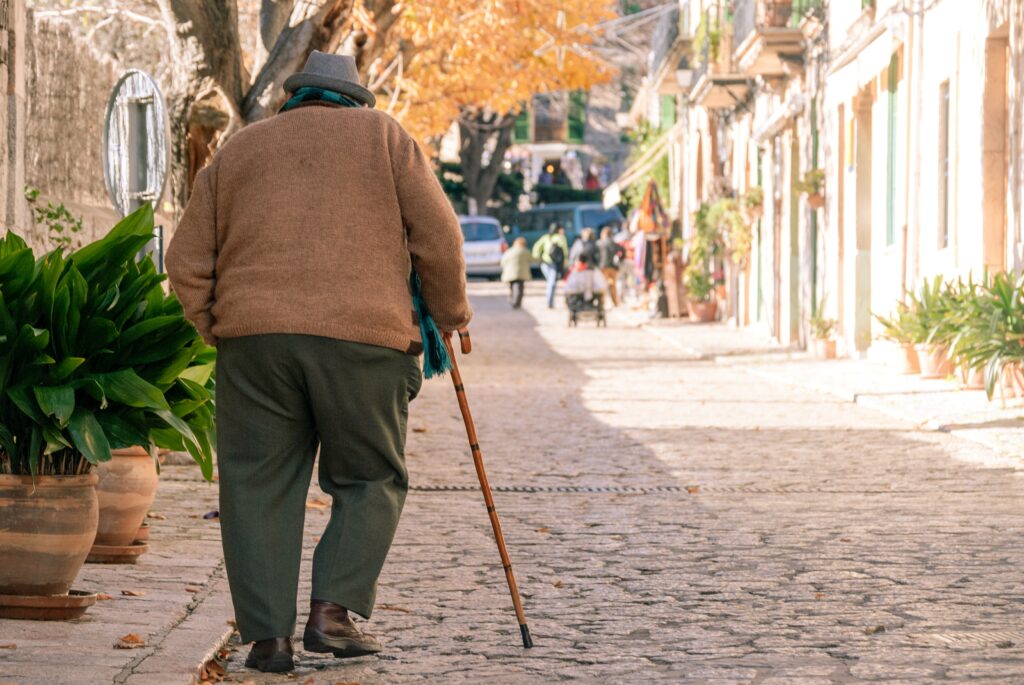Peripheral arterial disease

Peripheral arterial disease (PAD) is a common condition where a build-up of fatty deposits in the arteries restricts blood supply to leg muscles. This may cause leg pain when walking (claudication) and other symptoms.
What is it?
Peripheral arterial disease (PAD), also called peripheral vascular disease or hardening of the arteries, is an accumulation of plaque (fat, cholesterol, and other substances) in the arteries of the legs or arms (usually the legs). This restrictive build-up (atherosclerosis) reduces the blood flow in these extremities, thereby depriving tissues of oxygen and nutrients.
Symptoms
Many people with this circulatory condition have no symptoms. However, the most reported symptom is a painful ache in the legs (usually the calves) when walking, which disappears after a few minutes’ rest.
Symptoms often develop slowly over time, and if left untreated could lead to higher risks of suffering a heart attack or stroke. In addition, tissues below a blood blockage (usually toes) may die and become gangrenous, necessitating amputation.
Symptoms of PAD include:
- Painful cramping in the legs after certain activities, such as walking
- Numbness, weakness or coldness in the legs
- Ulcers on feet and legs which do not heal
- Changing skin colour on the legs
- Faint pulse in the feet
- Brittle, slow-growing toenails
- Erectile dysfunction in men
- Wasting of muscles in the affected extremity
- Hair loss on legs and feet
Risk factors & treatment
Like other types of cardiovascular disease, the chances of developing PAD are increased by:
- Smoking
- Type 1 & 2 diabetes
- High blood pressure
- High cholesterol
- Growing older
- Genetic predisposition
Treatment includes lifestyle changes, such as eating a healthy diet and losing weight (if obese). In addition, walking an hour a day can be very important as it helps to create new blood vessels. Other treatments include:
- Cholesterol drugs
- Blood pressure drugs
- Medication to prevent blood clots
- Medications to dilate blood vessels
- Surgery
Surgery is typically employed only in more severe cases of PAD. Bypass surgery is where a blood vessel from another part of the body (or a synthetic one) is inserted in such a way that it allows for the blood flow to go around the blocked artery.
Angioplasty and stent placement is another minimally invasive surgical option. Here, the surgeon guides a catheter into the narrowed part of the artery, and a tiny balloon in inflated to widen the vessel and improve blood flow. A small wire mesh (stent) is then placed to keep the artery open.




